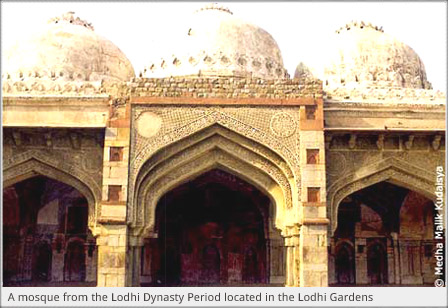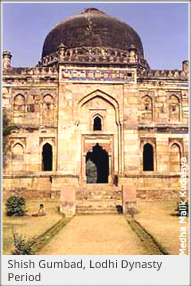Though five dynasties ruled during the era that is considered as the Sultanate Period, yet the administrative set up during these 320 years was very similar. In the central administrative system, the following were the key slots:
1. Sultan: The Sultan was the head of the state. Though he owed nominal allegiance to the Abbasid Caliphs, yet for all practical purposes, he was totally independent. The chief responsibilities of the Sultan were the protection of the state, the settlement of disputes, the defense of the realm of Islam, the enforcement of laws, the collection of taxes, and the welfare of people. The nobility, civil services and ulema supported the Sultan. In most cases, a predecessor either nominated the Sultan, or he had to fight a war of succession.
2. Wazir: The most important post next to the Sultan was that of the Prime Minister, or the ‘Wazir’. He was in charge of the entire fiscal administration of the realm and all matters relating to income and expenditures. He had the powers to appoint the revenue officials, organize and collect revenue, and control the state expenditure. His department was known as the Diwan-i-Wazir.
3. Musharraf-i-Mumalik: This post was equal to the present-day Accountant General. This office was used to maintain the accounts of the state.
4. Mustauf-i-Mumalik: This post was equal to the present day Auditor General. The duties involved auditing the accounts.
5. Sadr-us-Sadar: The appointee was also known as Qazi-i-Mumalik. Qazi-i-Mumalik’s role was to deal with religious affairs and immunities to scholars and men of piety.
6. Munshi-i-Mumalik: This post dealt with the entire state correspondence.

Revenue System
The revenue structure of the empire followed the Islamic traditions inherited from the Ghaznavids. Only in the details of agrarian administration was it modified in accordance with local needs and practices.
The state depended on agricultural produce. Three methods of assessment were sharing, appraisement and measurement. The first was simple crop division; the second was appraisal of the quantity or value of the state demand on the value of probable crop yield; and the third was the fixation of the demand on the basis of actual measurement of land. Revenue was taken from the people in the form of cash or kind. Jazia was due on the non-Muslims. Women, children, old, mentally and physically disabled people, monks and priests were exempt from Jazia.

Army System
The army was administered by Ariz-i-Mumalik, whose duty was to provide horses and ration to the soldiers. His office maintained the descriptive roll of each soldier. He was to assign different tasks to the soldiers and also was responsible for the transfers of military personnel. Even officers of the court who held military ranks received salaries from his office. He was not the Commander-in-Chief of the army but was its Collector General. He exercised great influence on the state.
Judicial System
The Sultan used to sit at least twice a week to hear the complaints against the officials of the state. Qazi-i-Mumalik used to sit with the Sultan to give him legal advice. Decisions were made according to the Shariah. Cases of non-Muslims were decided according to their own religious laws.
This article was last updated on Sunday, June 01, 2003






